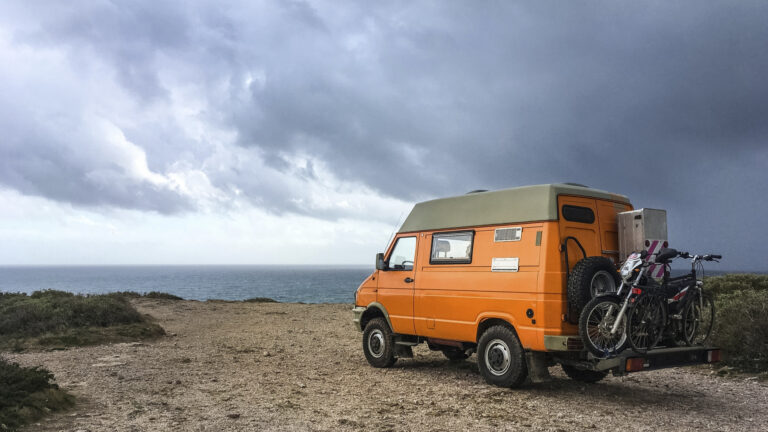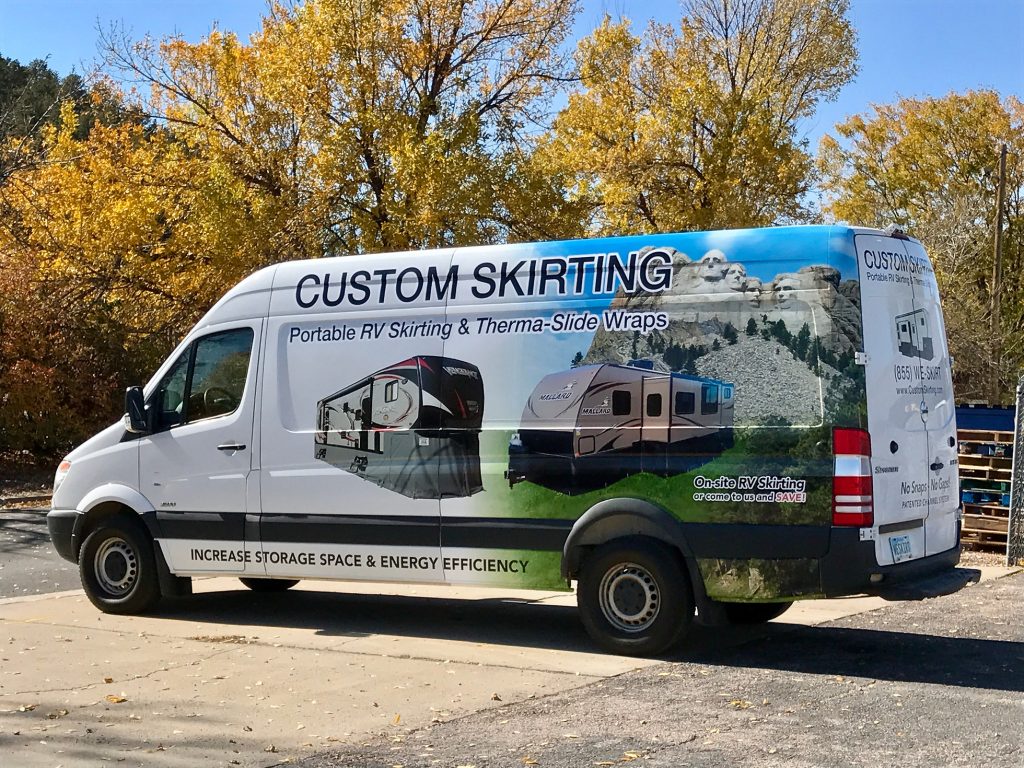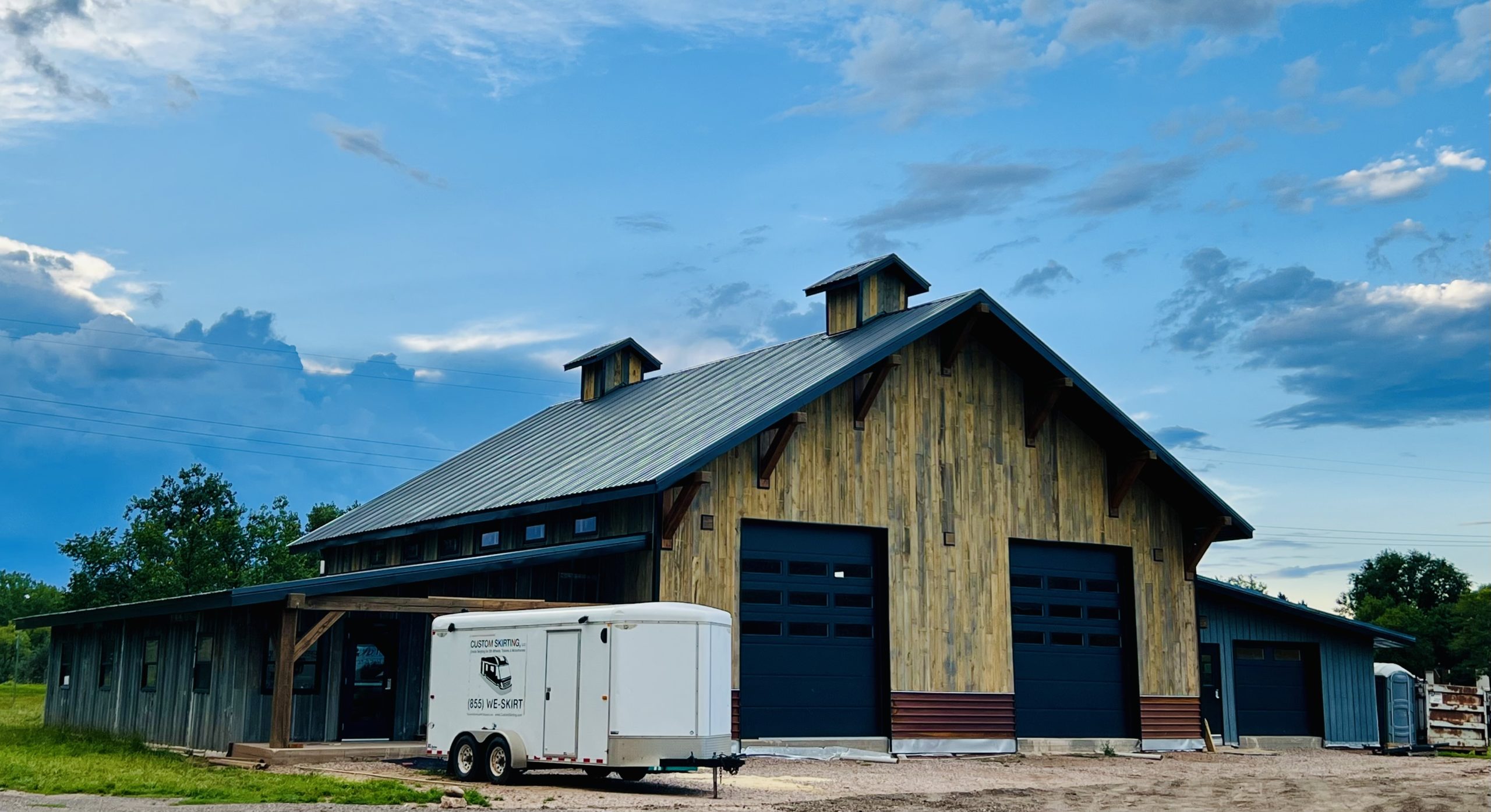Table of contents
- Understanding Wind Tolerance for Parked Travel Trailers
- Signs Your Travel Trailer Is Experiencing Dangerous Wind Conditions
- Practical Strategies to Protect Your Parked Travel Trailer in High Winds
- When to Evacuate: Making the Decision to Relocate
- Real-World Experiences and Case Studies
- Stay Secure & Explore: A Safe Haven for Your RV Adventure
- Related Articles
RV owners often worry about how their travel trailer will handle strong winds. The thought of being inside a shaking trailer during high winds can be unsettling. Understanding how much wind can a travel trailer withstand parked is crucial for safety and protecting your investment. While travel trailers are designed to endure some wind exposure, various factors influence their ability to stay stable in severe weather conditions. In this guide, we’ll explore the wind tolerance of travel trailers, how much wind can an RV withstand, and how much wind can a parked RV withstand before it becomes unsafe. We’ll also examine how much wind can a camper withstand, how much wind can a fifth wheel withstand parked, and practical strategies to secure your RV in high winds. Whether you’re a weekend camper or a full-time RVer, this guide will help you prepare for windy conditions and keep your RV safe.
Understanding Wind Tolerance for Parked Travel Trailers
General Wind Resistance Thresholds
Studies indicate that it takes hurricane-force winds of 91+ mph to flip even the least stable RVs. However, safety concerns begin at much lower wind speeds:
- 30-40 mph: Minor shaking, awnings and slide-outs at risk.
- 40-50 mph: Noticeable rocking, potential damage to exterior components.
- 50-60 mph: Risk of destabilization, especially for taller trailers.
- 60+ mph: Dangerous conditions, possible tipping, or severe structural damage.
While travel trailers are built to handle moderate wind, taking preventive measures is essential to avoid damage or instability. Wind speeds can vary dramatically depending on location, and gusts can be significantly stronger than sustained winds, making preparation key.
Factors That Affect Wind Resistance
Several factors determine how much wind can a parked RV withstand:
- Size and Weight: Heavier, lower-profile RVs are more wind-resistant than lightweight, tall models.
- Aerodynamics: Streamlined trailers handle wind better than boxy designs.
- Wind Orientation: Facing the narrow front end into the wind reduces resistance.
- Surrounding Terrain: Trees, hills, and buildings can act as windbreaks.
- Stabilization Methods: Properly deployed stabilizers increase wind resistance.
- Condition of the Trailer: Aging materials and loose seals reduce stability.
- Wind Type: Sustained winds are less dangerous than sudden, powerful gusts.
Signs Your Travel Trailer Is Experiencing Dangerous Wind Conditions

Physical Indicators of Wind Stress
Being aware of early warning signs can help prevent severe damage to your RV or trailer. Look for these indicators that strong winds are impacting your setup:
- Excessive rocking or swaying – Sudden or continuous movement, even with stabilizers in place, suggests strong wind pressure on your RV.
- Creaking or whistling sounds – Unusual noises may indicate wind strain on structural components or gaps where wind is forcing its way through.
- Flexing walls or roofs – Noticeable bending or warping in the RV’s structure can signal dangerous wind pressure.
- Doors and windows becoming difficult to open/close – Shifting frames may indicate the RV is under stress from wind forces.
- Movement despite deployed stabilizers – If your trailer shifts even with stabilizers down, it may be unsafe to remain in place.
If you notice any of these signs, take immediate action to secure your trailer or relocate to a more sheltered location. Ignoring these warnings can result in significant structural damage or even tip-over risks, especially during extreme weather conditions. Always keep in mind how much wind can a camper withstand and take precautions if you feel the wind may exceed those limits. Being proactive is key to ensuring the safety of your RV and everyone inside.
Using Wind Monitoring Tools
Monitoring weather conditions is crucial for preventing wind-related damage. Use these tools to stay informed:
- Windy.com App – Provides real-time wind forecasts, including wind gusts, speeds, and direction, allowing you to anticipate hazardous conditions.
- NOAA Weather Radio – Offers up-to-the-minute emergency alerts and severe weather warnings, even in remote areas without internet access.
- Weather Websites & Local News – Checking weather updates regularly helps you plan ahead and determine if securing your trailer is sufficient or if relocation is necessary.
- Anemometers & Wind Gauges – Portable wind meters can provide real-time wind readings at your exact location, giving you more precise data than general forecasts.
By staying proactive and using these resources, you can make informed decisions about whether to reinforce your setup, reposition your RV, or evacuate to a safer location before conditions become dangerous. Always consider how much wind can a camper withstand.
Practical Strategies to Protect Your Parked Travel Trailer in High Winds
Optimal Parking Techniques
Careful positioning of your RV or trailer can significantly reduce the impact of strong winds and improve stability. Follow these best practices:
- Park with the nose facing into the wind – Positioning your RV’s most aerodynamic side (typically the front) toward the wind reduces resistance and minimizes side-to-side swaying. Avoid parking broadside to strong winds, as this increases the risk of tipping.
- Use natural windbreaks – Look for hills, large rocks, sturdy buildings, or dense tree lines that can serve as wind barriers. These natural features help block strong gusts and reduce direct wind exposure. However, avoid parking too close to weak or dead trees, as they may fall during storms.
- Maintain distance from other RVs – Wind can push RVs into each other if they are parked too closely. Keeping a safe distance prevents potential damage from unintended movement or falling debris.
- Park on level ground – A stable, even surface enhances your RV’s balance and reduces the chances of excessive rocking or shifting. Avoid soft, muddy, or sloped terrain, which can compromise stability during high winds.
- Secure your awnings and slide-outs – Before high winds hit, retract awnings and slide-outs to reduce wind resistance and prevent damage. Awnings are particularly vulnerable to being ripped off or causing structural strain in strong gusts.
- Use stabilizing equipment – Deploy stabilizer jacks, wheel chocks, and tie-downs to further reinforce your RV’s position and minimize movement. For extra security, consider using RV anchor kits designed for high-wind conditions.
Remember, how much wind can a fifth wheel withstand parked depends on its size and design, but following these tips can help ensure safety in high-wind situations. Always check the manufacturer’s guidelines on how much wind can a fifth wheel withstand parked to know the limits of your specific model.
Essential Stabilization Methods
Increase wind resistance by:
- Deploying stabilizing jacks properly.
- Using wheel chocks and X-chocks for added security.
- Keeping slide-outs retracted to reduce wind surface area.
- Staying hitched to the tow vehicle in moderate winds.
- Lowering antennas and securing loose components.
- Retracting awnings and securing outdoor items.
Advanced Anchoring Systems
For long-term stays in high-wind areas, consider:
- RV tie-down systems similar to mobile home anchors.
- Ground screws or heavy-duty straps for extra security.
- Awning anchor kits to reinforce structural stability.
- Sandbags or weight plates on stabilizers for added resistance.
When to Evacuate: Making the Decision to Relocate

Wind Speed Thresholds for Evacuation
Knowing when to evacuate can prevent damage and injuries. Consider relocating when:
- Sustained winds exceed 30-40 mph.
- Gusts above 50 mph are forecasted.
- Severe storms or tornado warnings are issued.
While RVs can endure high winds when secured, prioritizing safety is key.
Evacuation Planning and Challenges
Plan ahead to ensure a safe evacuation:
- Identify alternative locations for shelter.
- Understand campground evacuation policies.
- Consider the challenges of towing in windy conditions.
- Full-time RVers should have backup locations ready in case of emergency.
Real-World Experiences and Case Studies
Lessons from High-Wind RV Experiences
Real-world experiences highlight the importance of preparation. Reports from Florida hurricanes with 60-70 mph winds and gusts up to 90 mph show that:
- Proper anchoring prevented tipping for some RVs.
- Unsecured trailers suffered broken windows, detached awnings, and roof damage.
- RV owners who evacuated early avoided severe damage and personal risk.
By learning from others’ experiences, RV owners can take proactive steps to enhance wind resistance and ensure their safety. Understanding how much wind a camper can withstand is crucial in making informed decisions about your RV’s stability during extreme weather.
Understanding how much wind can a travel trailer withstand parked is essential for RV safety. While most RVs can endure moderate winds, high winds pose a significant risk if trailers are not properly secured. By implementing stabilization techniques, using natural windbreaks, and monitoring wind conditions, RV owners can minimize risks and enjoy safer travel experiences. It’s also important to consider how much wind can a camper withstand when choosing a campsite or preparing for a storm. Additionally, knowing how much wind can a travel trailer withstand parked will help you assess your trailer’s vulnerability and make necessary adjustments. Proper preparation can make a big difference in preventing damage and ensuring the safety of your RV.
Stay Secure & Explore: A Safe Haven for Your RV Adventure
Worried about high winds affecting your travel trailer? Ensure your safety and peace of mind by choosing Black Hawk Creek RV Park & Cabins as your home base. Nestled in a sheltered location, our year-round park offers a secure and stable environment to protect your RV from harsh winds while keeping you close to South Dakota’s top attractions.
From Mount Rushmore to the Badlands and the lively streets of Rapid City, adventure is just minutes away. Don’t let unpredictable weather disrupt your trip—book your stay today at Black Hawk Creek RV Park & Cabins and enjoy a worry-free, unforgettable experience!






